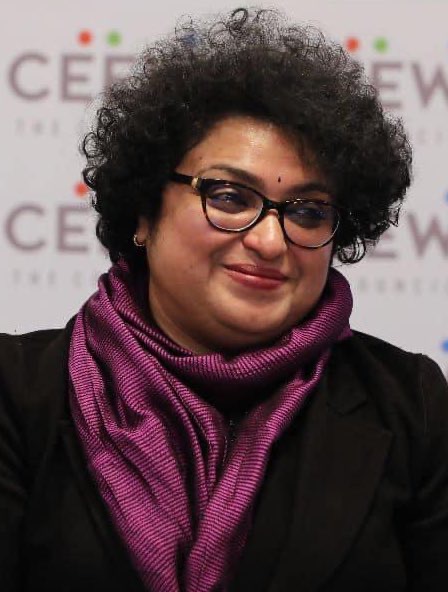Contributors
More »- 1
- 2
- 3
- 4
- 5
- 6
- 7
- 8
- 9
- 10
- 11
- 12
- 13
- 14
- 15
- 16
- 17
- 18
- 19
- 20
- 21
- 22
- 23
- 24
- 25
- 26
- 27
- 28
- 29
- 30
- 31
- 32
- 33
- 34
- 35
- 36
- 37
- 38
- 39
- 40
- 41
- 42
- 43
- 44
- 45
- 46
- 47
- 48
- 49
- 50
- 51
- 52
- 53
(Co-authored with Lekha Chakraborty)
Given that a timely deficit may not have adverse macroeconomic consequences, surviving this pandemic first by enhancing the required spending is crucial
As India reels from a new wave of COVID-19, concerns are being raised about the …
An Uneven Recovery
25/03/2021
(Co-authored with Lekha Chakraborty)
US Recovering faster than emerging economies presents a policy challenge for latter.
With the passage of Joe Biden’s $1.9 trillion coronavirus relief package receiving final backing from the US House of Representatives, the cumulative fiscal stimulus to heal the …
The government must loosen its purse strings
18/03/2021

(Co-authored with Emmanuel Thomas)
Given the limitations of monetary policy, a fiscal push is crucial for sustained growth recovery.
That the Indian economy has managed to exit a “technical recession” to grow at 0.4 per cent in the third quarter is heartening indeed. …
A gender lens on recovery packages
15/03/2021

Exuberance in financial markets alone is no indicator of recovery. Sans response in terms of gender equality, recovery will be unsustainable
The United Nations Secretary General has called for an emergency pandemic response package, with a threshold of 10% of the GDP. A Policy Support Tool …
Budget FY22: Getting health spending right
03/03/2021

Spending ‘health & wellbeing’ allocation dependent on third tier of govt; capacity of local bodies must be stepped up
The presentation of the Budget every year is followed by a series of critical reviews on changes in inter-sectoral allocations. Subsequently, not much attention is paid …
